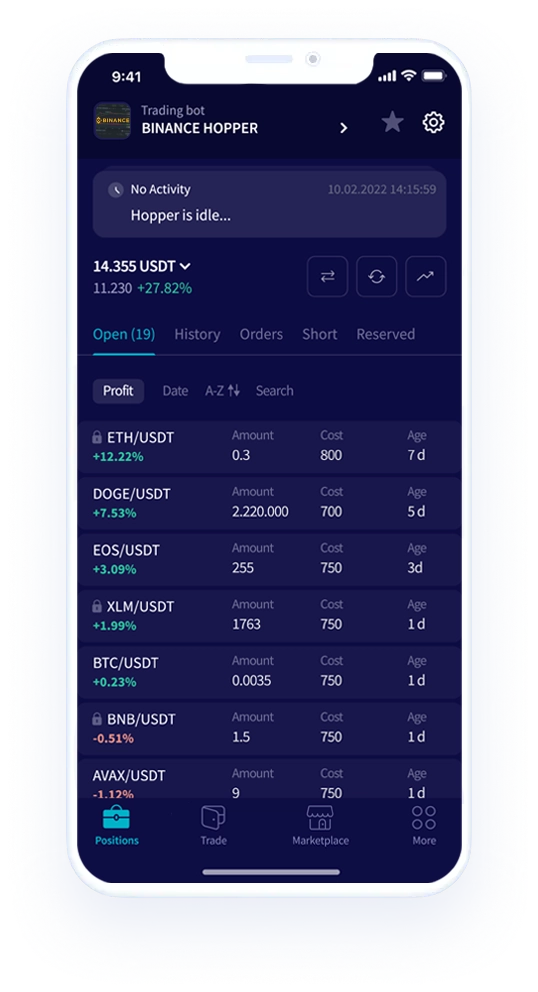Why donor-advised funds are a powerful (and tax-advantaged) tool for crypto-based giving
Crypto has changed how people think about ownership, value transfer, and financial autonomy. It is also changing how people approach philanthropy.
Crypto has changed how people think about ownership, value transfer, and financial autonomy. It is also changing how people approach philanthropy.
In 2025, Bitfinex Securities advanced its mission to democratise access to high-quality financial investments through regulated tokenisation.
Grid trading is a robot that automates the buying and selling of futures contracts.
Nieuws van de week
Astana Financial Services Authority increases Bitfinex Securities platform limit to $310m as tokenisation continues to grow
19 dec 2025 • 2 min gelezenZKP is available for trading!
19 dec 2025 • 2 min gelezenLooking ahead to 2026: A note from Binance.US leadership
22 dec 2025 • 5 min gelezenHTX Ventures’ Latest Report | Pulse in the Cold: How x402 and ERC-8004 Signal Web3’s Next Technical Inflection Point
23 dec 2025 • 25 min gelezen

Disclaimer: Cryptohopper is geen gereguleerde entiteit. De handel in cryptocurrency bots brengt aanzienlijke risico's met zich mee en in het verleden behaalde resultaten bieden geen garantie voor de toekomst. De winsten getoond in product screenshots zijn voor illustratieve doeleinden en kunnen overdreven zijn. Doe alleen aan bothandel als u over voldoende kennis beschikt of vraag advies aan een gekwalificeerd financieel adviseur. In geen geval aanvaardt Cryptohopper enige aansprakelijkheid jegens enige persoon of entiteit voor (a) enig verlies of schade, geheel of gedeeltelijk, veroorzaakt door, voortvloeiend uit of in verband met transacties met onze software of (b) enige directe, indirecte, speciale, gevolg- of incidentele schade. Houd er rekening mee dat de inhoud die beschikbaar is op het Cryptohopper sociale handelsplatform is gegenereerd door leden van de Cryptohopper gemeenschap en geen advies of aanbevelingen van Cryptohopper of namens haar vormt. Winsten getoond op de Marktplaats zijn niet indicatief voor toekomstige resultaten. Door gebruik te maken van de diensten van Cryptohopper, erkent en aanvaardt u de inherente risico's die betrokken zijn bij de handel in cryptocurrency en gaat u ermee akkoord Cryptohopper te vrijwaren van eventuele aansprakelijkheden of opgelopen verliezen. Het is essentieel om onze Servicevoorwaarden en Risicobeleid te lezen en te begrijpen voordat u onze software gebruikt of deelneemt aan handelsactiviteiten. Raadpleeg juridische en financiële professionals voor persoonlijk advies op basis van uw specifieke omstandigheden.